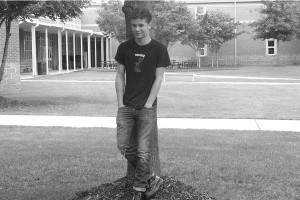On October 4th, the movie Gravity, a science-fiction thriller,found success at the box office.
Although the film features a star studded cast, and an engaging plot to keep audiences on the edge of their seats, several lapses in scientific accuracy raise questions about the scientific literacy of American citizens. Criticism for the film’s scientific shortcomings has come largely from prominent astrophysicist and champion of the scientific community, Neil Degrasse Tyson. On October 6th, Tyson released a flurry of tweets shedding light upon the fallacies within the film, from trivial blunders to crucial oversights.
@NeilTyson, Mysteries of #Gravity:
* Why Bullock’s hair, in otherwise convincing zero-G scenes, did not float freely on her head.
* Nearly all satellites orbit Earth west to east, yet all satellite debris portrayed orbited east to west.
* How Hubble (350mi up) ISS (230mi up) & a Chinese Space Station are all in sight lines of one another.
* Satellite communications were disrupted at 230mi up, but communications satellites orbit 100x higher.
* Why anyone is impressed with a zero-G film 45 years after being impressed with “2001: A Space Odyssey”
* Why we enjoy a SciFi film set in make-believe space more than we enjoy actual people set in real space.
Although he concedes that he genuinely enjoyed the film, Tyson’s tweets present concerns not only about waning public interest in real science, but also the lack of scientific knowledge among Americans. According to a 2009 study conducted by the California Academy of Sciences, only 53% of adults know how long it takes the earth to revolve around the sun, and only 59% know that humans and dinosaurs did not live at the same time (as in the “Flintstones model of prehistory”).
Especially in light of recent environmental and energy related political activity, it is crucial that U.S. voters understand current scientific knowledge in order to make informed decisions. The solution to this knowledge deficit lies with students and educators in school systems across the country. Bob Jones senior, Ben Keith, is the son of a NASA employee, as are many Bob Jones students. He said, “Of course it’s important to have a scientifically educated proletariat…” Math and science curricula are emphasized at Bob Jones, but higher-level science classes are taken primarily by engineering and science-minded students. It’s time for school systems to market not only the practical applications and career tracks associated with science, but also the responsibility of students to be informed about the workings of the world.


